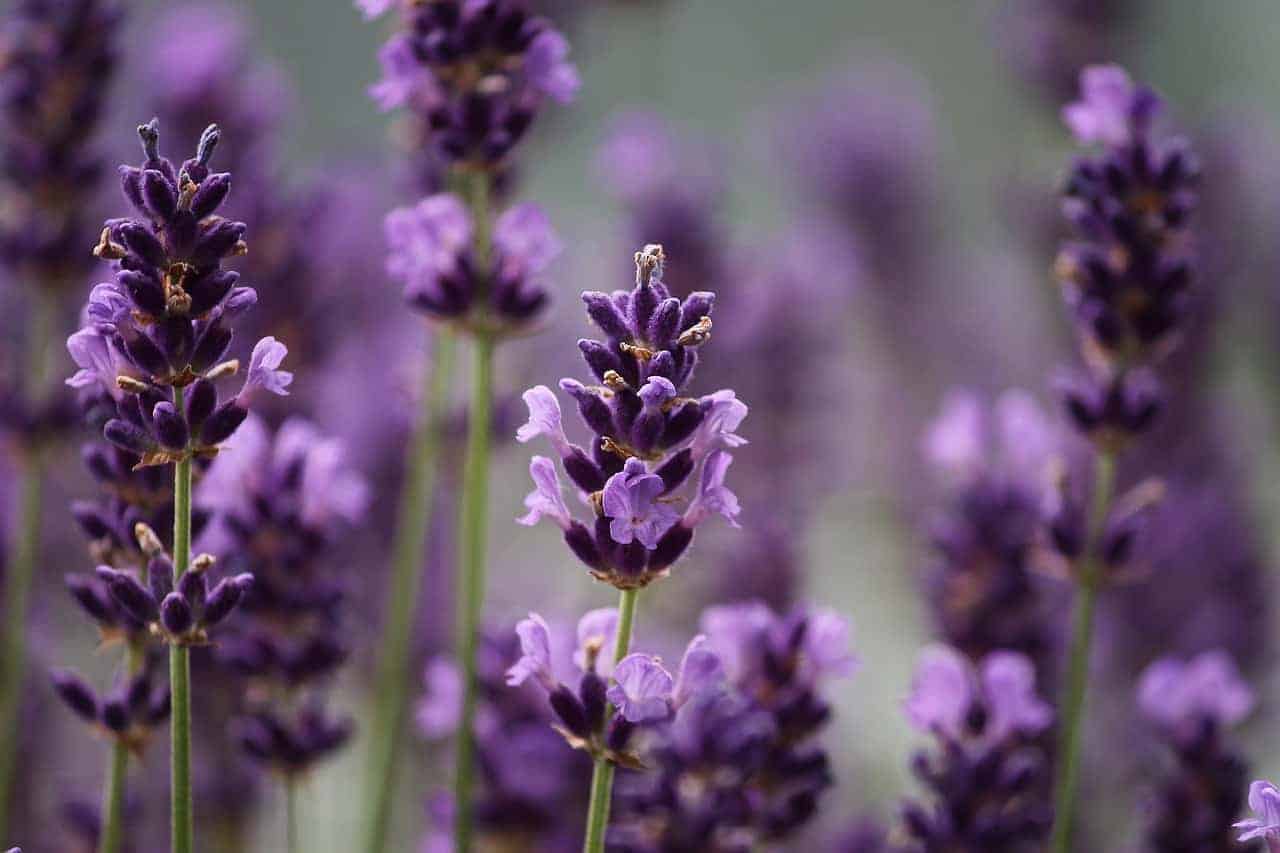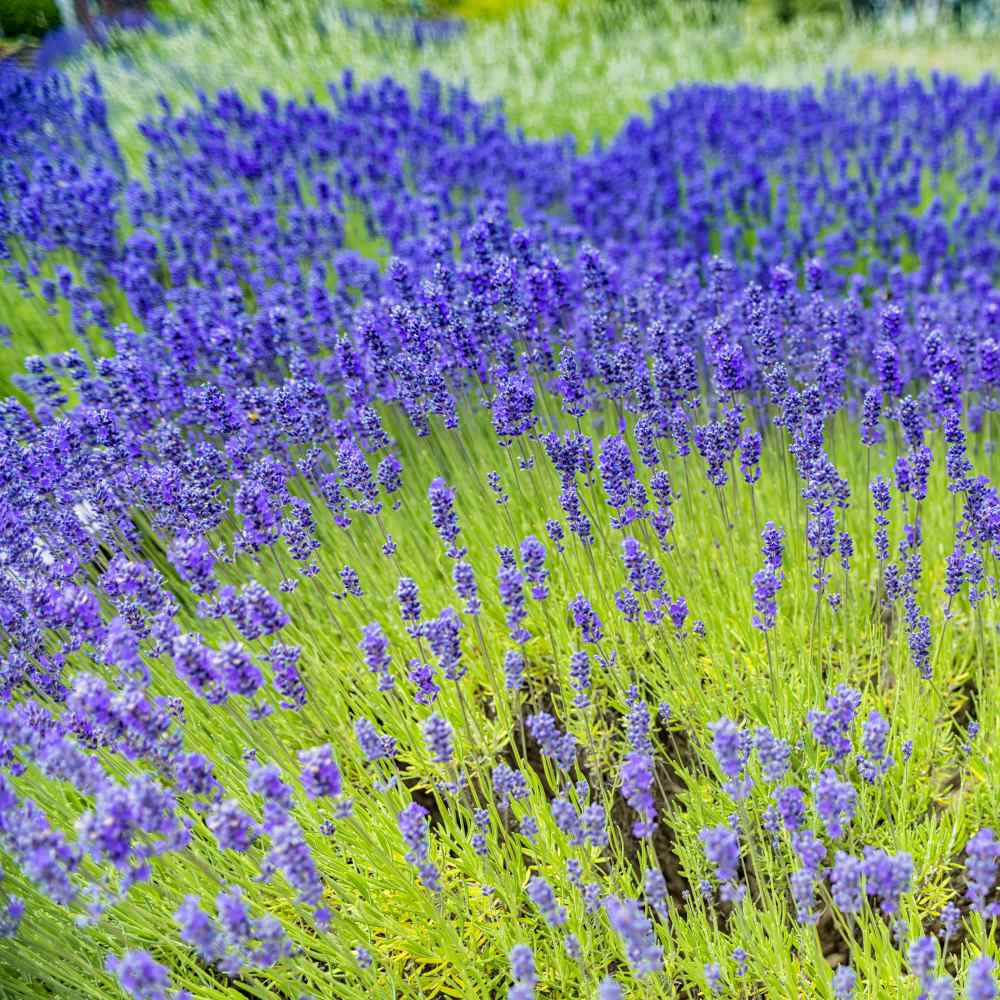
It’s very easy to do this and a very cheap way to generate more plants as you only need some plastic pots and potting mix. Remember that lavender can also be propagated by cuttings, so you will be able to increase your stock in future even if you start with just one plant. It’s therefore a good idea to give some thought as to where you want to plant them, given that their location in the garden will be permanent. Liquid feed lavender weekly during spring and early summer to encourage the growth of healthy leaves and the formation of flowers.Īs stated above, lavender is a perennial which means that they will reappear in your garden next season. Be sure to water plants every day, preferably early in the morning or in the evening. Rake the ground so that it is nice and level.

I highly recommend Gardn Gro’s Wonder Nuggets, which are 100% organic and function as an excellent fertiliser. Mix plenty of compost and some sheep pellets into the ground. Dig the area over that you wish to plant your seedlings in. Before planting lavender seedlings and plants, take the time to prepare the bed properly so plants receive adequate nutrition.

Lavender needs at least 6 hours of sunshine per day, so be sure to plant seedlings or plants in the sunniest spot in your garden. If you order 7 or more bundles of seedlings or at least 9 established plants, delivery is free. Look out for varieties called Hidcote, Lady, Dentata and Munstead varieties. Awapuni also sell high quality, large grade lavender seedlings and plants delivered direct to your door. įor new gardeners, those who don’t wish to start their lavender seedlings from seed or if you’ve simply left it too late, plants are available for sale in nurseries from October onwards. To order seeds from the very extensive Egmont Seeds range, visit. Egmont Seeds stock the following varieties: Bandera, Bandera Pink, Dentata, Hidcote and Lavance. If you’re planning to grow coreopsis from seed, you’ll find that they come in an impressive array of colours, sizes and heights. At this time of the year, it should be fine to leave your punnets outside to germinate, as the temperatures at night have been becoming warmer. If you don’t have a heat pad you can also use your hot water cupboard which will also provide seedlings with a warm environment so they can germinate successfully. I then place the incubators on a heat pad indoors and spray plants with water once daily or twice if the seed raising mixture is very dry. I place the punnets inside plastic incubators which you can purchase from garden centres. I like Gardn Gro’s seed raising mix as it is very fine in texture, enabling seeds to push through the mixture easily as they rise to the surface. I germinate seeds in punnets filled with seed raising mix from Gardn Gro. Lavender seeds need warmth in order to germinate. Lavender can be started from seed indoors in October or even earlier if you live in a more temperate zone and have a hot house to protect them from the cold. It takes approximately 90 days from the time of the germination of a coreopsis seed until flowering, which isn’t too bad. I hope that this guide will encourage others to give this beautiful, hardy bee magnet perennial a go, too.
#Lavender seedlings how to#
Lavender plants have been a very popular seller in my nursery, which is another reason why I wanted to provide readers with advice about how to grow and care for plants.

It has lovely purple flowers which draws the bees from September through to December. Our favourite lavender plant is a grafted standard lavender called The Princess, which is in a large container near our front door. This greatly assists with the pollination of our fruit trees, which are blossoming at the same time. From September onwards, bees are drawn to the garden by our lavender. But the main reason why lavender will always feature in our garden is because it is a fantastic bee attracting plant. This wonderful plant is extremely hardy and has beautiful purple flowers. This is the reason that there are normally flowers in the garden year round, which is very important to us.Ī perennial that has been in our garden since I started gardening five years ago is lavender. Anita’s Garden contains both annuals and perennials. I think there’s a place for both annuals and perennials in any garden. By their nature, perennials are low maintenance plants. To quickly recap, the difference between annuals and perennials is that annuals will grow, set seed and die after one growing season (meaning that you will have to resow them unless they self-seed freely), whereas perennials stay alive in the ground and will reflower in subsequent seasons. This week, I would like to cover another of my favourite perennials, lavender. In last week’s newsletter, I covered coreopsis. Over the next few weeks, I would like to cover some of my favourite perennials. So far, most of my growing guides for flowers have been for annuals or bulbs/tubers.


 0 kommentar(er)
0 kommentar(er)
